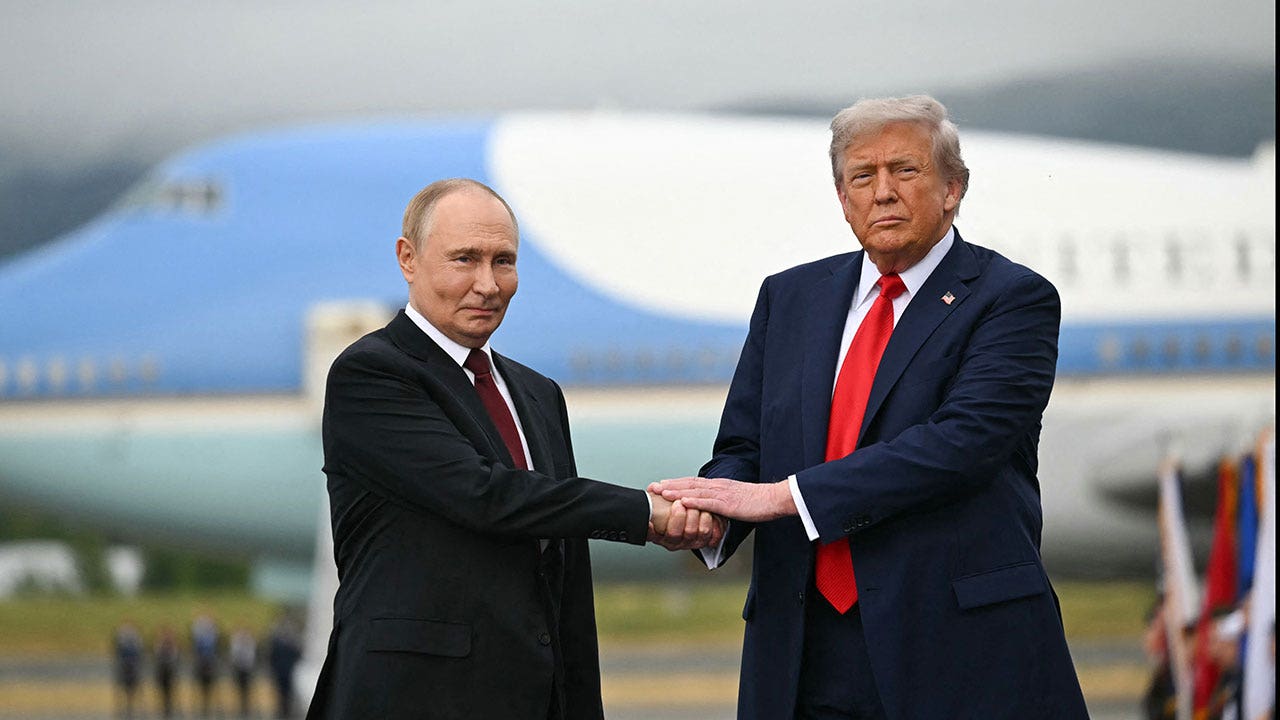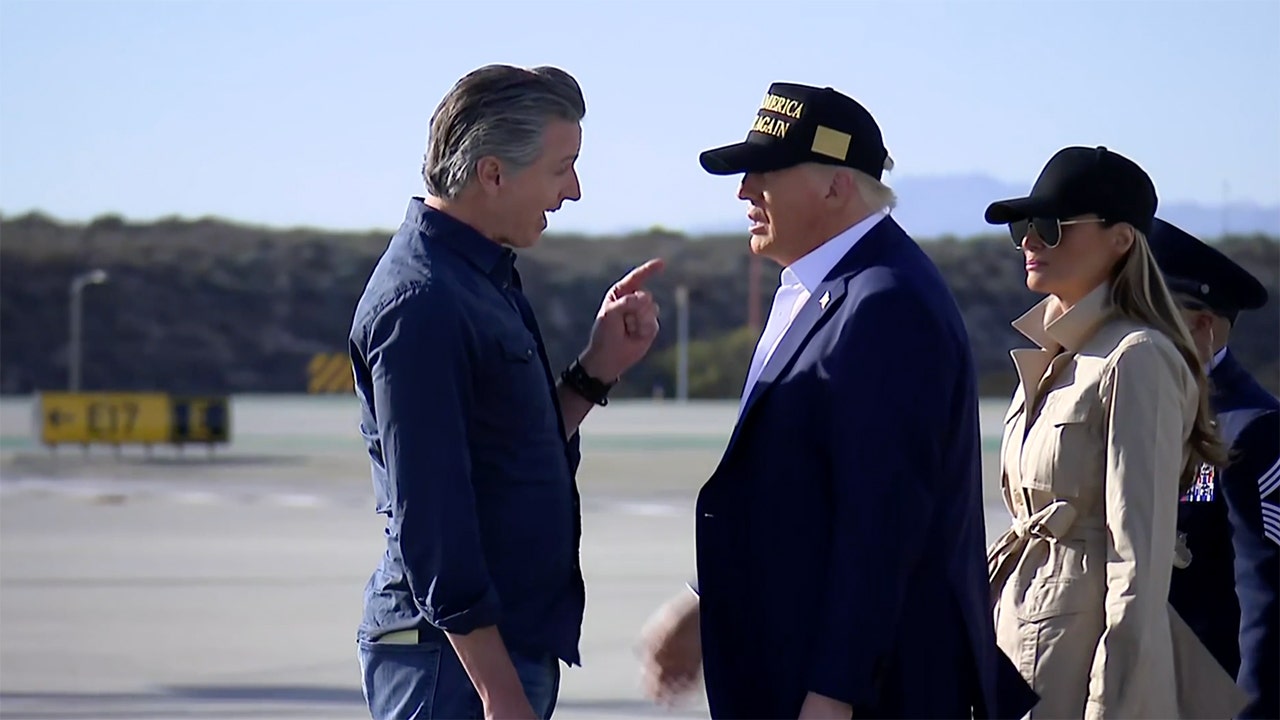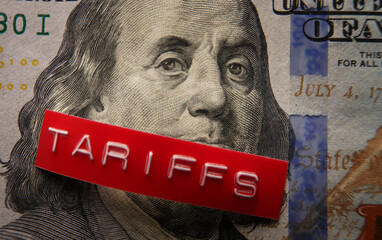This article was originally published by Vincent Cook at Natural News.
In previous “Tariffs Won’t . . .” articles, I pointed out that President Trump’s tariffs won’t reverse the decline of America’s industries, save the US dollar, or optimize the well-being of productive Americans. The White House summary of the US-Japan Strategic Trade and Investment Agreement, the first deal of Trump’s “Golden Age” negotiated with a major trading partner, provides disturbing confirmation of just how perverse and outlandish the economic fallacies driving Trump’s policies have become.
The major trade provisions are that American importers will generally have to pay 15 percent “reciprocal tariffs” to the American government for the Japanese goods they buy, though for certain sectors the tariff rate will be much higher, 50 percent tariffs in the case of steel and aluminum products, for example. Specific American exporters will benefit from reductions in Japanese regulatory or quota barriers and from Japanese government purchases of their products, like a pledge to buy 100 commercial aircraft from Boeing.
There are, however, another important set of provisions dealing with what is euphemistically labeled “strategic investments” of $550 billion by the Japanese government in particular American industries—specifically loans and loan guarantees for LNG production, production of advanced fuels, and grid modernization; for semiconductor manufacturing and research; for the mining, processing, and refining of rare earth minerals; for pharmaceutical and medical device production; and for commercial and defense shipbuilding.
The curious thing about these supposedly Japanese investments in America is that the US government will retain 90 percent of the profits—in other words, only $55 billion will function like a genuine loan providing an investment return to Japan in the form of interest payments. The other $495 billion is effectively tribute being extorted from the Japanese government by the American government. Trump will control how the $550 billion is invested, giving him his own vast slush fund to play with. Trump is stepping into the role of a socialist central planner, taking a majority ownership stake in the means of production of various businesses in what almost amounts to a Leonine partnership with the Japanese government.
One important detail that is missing from the White House summary is what happens in the event that an investment generates losses instead of profits, which seems almost inevitable in the case of things like shipyards. Since the loan is being made to a fund controlled by Trump, it seems likely that the Trump administration would come up with even more costly interventions or subsidies to boost purchases of overpriced “strategic” goods rather than tamely accept the failure of one of its “strategic” investments and perhaps saddle the Japanese with partial defaults. One costly market-warping, chaos-inducing intervention naturally begets another.
Another important missing detail is how the Japanese government is supposed to come up with $550 billion dollars. While it can create unlimited quantities of yen out of thin air, yen are of little use to anyone outside Japan except to purchase Japanese exports or to invest in Japan, both of which would defeat the stated goals of the American protectionists. Another possibility is that a large portion the Bank of Japan’s existing reserves of US Treasury securities could be dumped onto American bond markets to obtain the required dollars (which would probably have to be newly created out of thin air by the Federal Reserve), but Treasury Secretary Scott Bessent seems to have ruled that out by stating that the sum represents “all new capital.” Either way, the plan seems to be to finance the loan by reducing the reserve cover for the yen while inflating the supply of dollars.
While some tariff advocates have claimed that “reciprocal” tariffs are meant only to provide negotiating leverage to pry open closed foreign markets for American exporters, what we observe with this deal is that such leverage is also being used to pick winners and losers among American companies and to erode the stability of the global financial system. The US-Japan trade deal represents an unholy brew combining taxes, central planning, and further inflationary destruction of fiat monies.
Of course, the Trump administration and pro-Trump pundits don’t characterize the deal this way. They are instead touting it as rebuilding and expanding America’s “core industries” and as an important component of a “once in a century industrial revival” and are particularly thrilled about what Japanese-subsidized capital expenditures will supposedly do for American industries as they try to exploit newly-protected domestic markets and newly-opened foreign markets. So how can Trump go wrong with over half a trillion dollars’ worth of capital expenditures at his discretion?
The fallacy that increased capital expenditures necessarily equals increased formation of useful capital goods leaves out of account changes in the price of capital goods and the possibility of mispricing such goods by misjudging their usefulness and the timeliness of their outputs. When people restrain their present consumption—that is, when they engage in acts of thrift—it becomes possible to divert some labor and natural resource inputs away from the production of immediate consumption goods towards the production of capital goods used in earlier stages of production. Thrift makes higher input productivity possible by furnishing additional time for the transformation of inputs into outputs. Thrift is a necessary element of all capital formation for this reason, though the returns on that capital also have to be high enough to justify the time spent waiting for them—that is, prospective returns must exceed an investor’s rate of time preference.
Without thrift providing more of the inputs physically needed to produce investment goods as well as providing the financing (as in this deal), additional capital expenditures (which then have to be financed by money creation instead) merely bid up the prices of capital goods without adding to their supply. Such asset bubbles cause costly boom-and-bust cycles that waste inputs due to mispricing of capital goods, fooling entrepreneurs into thinking that more time is available for completing production projects than is actually the case. The more time-intensive boom goods become unprofitable and have to be written off as wasted malinvestments of whatever inputs were consumed to create them. Malinvestments (in this case due to inflation-driven boom/bust cycles) are a strategic liability.
Likewise, simply increasing the physical supply of capital goods is not an end in itself; the price paid for them has to be justified by the timing and consumer valuation of their outputs. Private capitalists choose among prospective investments based on their expectations of profits or losses, using market price information to calculate which of the possible configurations of production will likely be the most profitable. As the results of their chosen production plans are realized, they then account for whatever profits and losses arise from these plans in order to help detect and correct errors in their plans.
On the other hand, governments that abolish market pricing of producer goods or otherwise defy profit-and-loss incentives when they interfere with production decisions necessarily generate non-cyclical malinvestment losses. Government planners, unconstrained by profits and losses and lacking market exchanges for whatever assets they monopolize, can’t calculate or do proper accounting and thus can’t correctly price capital goods. Rational cost-benefit calculations are impossible for Trump’s slush fund, so its planning will generate strategic liabilities too.
There is no market test to tell us which American companies should or shouldn’t be rewarded with investments from a tribute-financed slush fund, which American companies should or shouldn’t have their sales boosted by Japanese government-subsidized purchases, or which American companies should or shouldn’t join Japanese companies in having privileged access to Japanese consumers. There is no rational economic basis whatsoever for this selection of winners and losers under this agreement; just a cynical political judgment that some potential cronies in the business world will deliver more votes to Republicans and/or more swag to the Trump clan than others.
Once we dispose of these economic fallacies concerning inflation-financed capital expenditures, we are left with the sobering reality that thrift is something that has been conspicuously diminished in both the US and Japan over the past half-century, and that neither country is on a path towards an industrial revival. Policies like high tariff rates designed to curtail America’s current account deficits must curtail America’s access to foreign savings in equal measure, since net imports are what pay for foreign lending to America and for foreign direct investments in America. The US can’t look to protectionist trade deals to rescue it from the dire consequences of its own capital-consuming welfarism.
Indeed, Japan is a prime example of how protectionism fails to preserve industrial strength when profligate politicians discourage thrift and consume savings over the course of several lost decades. Japan is a country whose population is aging and shrinking at an alarming rate, and whose industries (apart from large conglomerates that have moved most of their production overseas already) are in even worse shape than America’s. Honda and Nissan recently shut down their flagship automobile plants near Tokyo. Is this the example Trump supporters want to emulate?
Read the full article here












